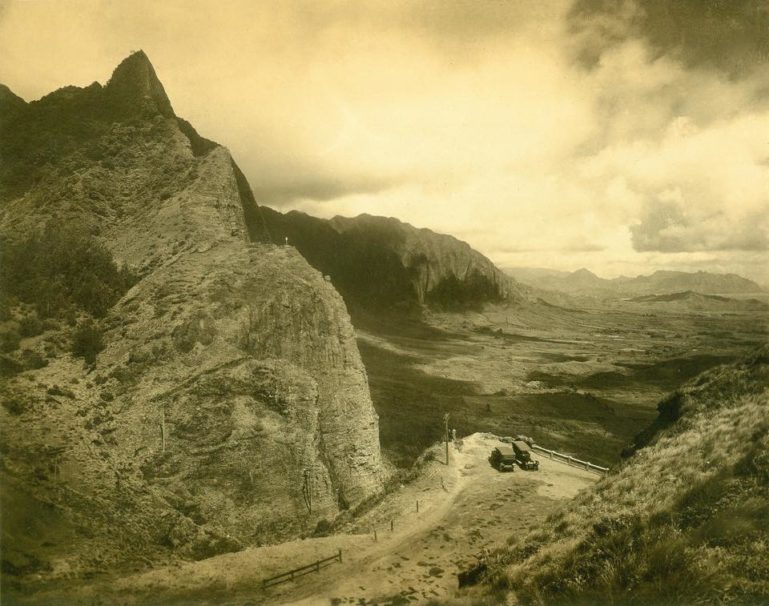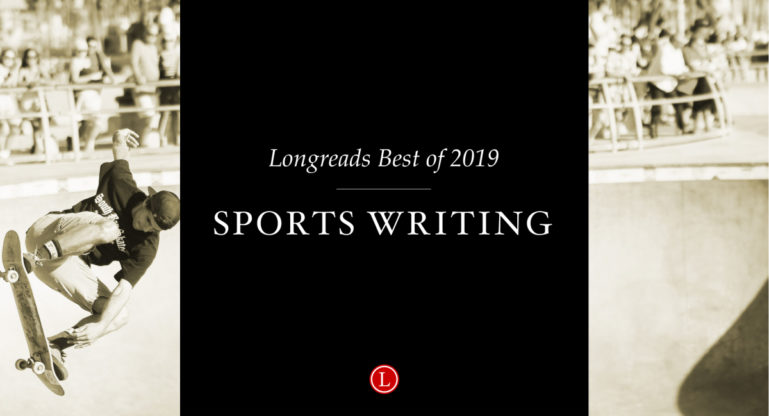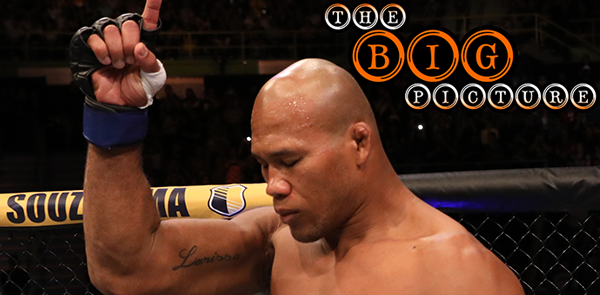Throughout the year I read a lot of stories online, posting my favorites on Twitter and Facebook at the end of each month (or, more accurately, somewhere between the beginning and middle of the following month).
Here’s a year-end list of my picks, whittled down to the stories that stood out the most.
December
The Decade Comic Book Nerds Became Our Cultural Overlords by Alex Pappademas, GEN
Deep-Sea Mining and the Race to the Bottom of the Ocean by Wil S. Hylton, The Atlantic
Alienated, Alone And Angry: What The Digital Revolution Really Did To Us by Joseph Bernstein, BuzzFeed
November
We Are Living in Hideo Kojima’s Dystopian Nightmare. Can He Save Us? by Gene Park, Washington Post
October
He Never Intended To Become A Political Dissident, But Then He Started Beating Up Tai Chi Masters by Lauren Teixeira, Deadspin
The Glass Floor is Keeping America’s Richest Idiots at the Top by Michael Hobbes, HuffPost
Bong Joon-ho is Weaponizing the Blockbuster by Inkoo Kang, Slate
True Ghost Story by Tim Kreider, Human Parts
September
Donald Trump Is Not Going To Let This Hurricane Thing Go by David Roth, Deadspin
Malcolm Gladwell Reaches His Tipping Point by Andrew Ferguson, The Atlantic
August
The Anthropocene is a Joke by Peter Brannen, The Atlantic
The Adults In The Room by Megan Greenwell, Deadspin
Dear Gun-Rights Advocates: Hey, Congratulations! by Tim Kreider, GEN
July
Manly Wedding Rings for Tough Guys Who are Dudes by Dan Brooks, The Outline
I Was a Fast-Food Worker. Let Me Tell You About Burnout by Emily Guendelsberger, Vox
An Epidemic of Disbelief by Barbara Bradley Hagerty, The Atlantic
June
Why Should Immigrants Respect Our Borders? The West Never Respected Theirs by Suketu Mehta, The New York Times
The Man Who Was Upset by David Roth, The New Republic
Redemption Songs by Krish Raghav, Topic Magazine
May
Teenage Pricks by Alex Pareene, The Baffler
The Night the Lights Went Out by Drew Magary, Deadspin
The Pink by Andrea Long Chu, n+1
April
I Get One Last Lent With My Mami. I’m Using it to Learn Our Family’s Capirotada Recipe by Gustavo Arellano, LA Times
They Don’t Make ‘Em Like They Used To by Albert Burneko, Deadspin
Why We Spend Our Brief Lives Indoors, Alone, and Typing by Tim Kreider, Medium
March
The Making of the Fox News White House by Jane Mayer, The New Yorker
As pigs await slaughter, strangers offer water, love, and comfort to the doomed by Gustavo Arellano, LA Times
After the Tsunami by Matthew Komatsu, Longreads
Psycho Analysis by Andrea Long Chu, Bookforum
February
Student Debt is Dragging a Whole Generation Down by Anne Helen Petersen, Buzzfeed News
What the Crow Knows by Ross Andersen, The Atlantic
The Trauma Floor by Casey Newton, The Verge
January
Impeach Donald Trump by Yoni Appelbaum, The Atlantic
You Can’t Get There From Here by David Roth, Deadspin
The Secrets of Lyndon Johnson’s Archives by Robert Caro, The New Yorker





